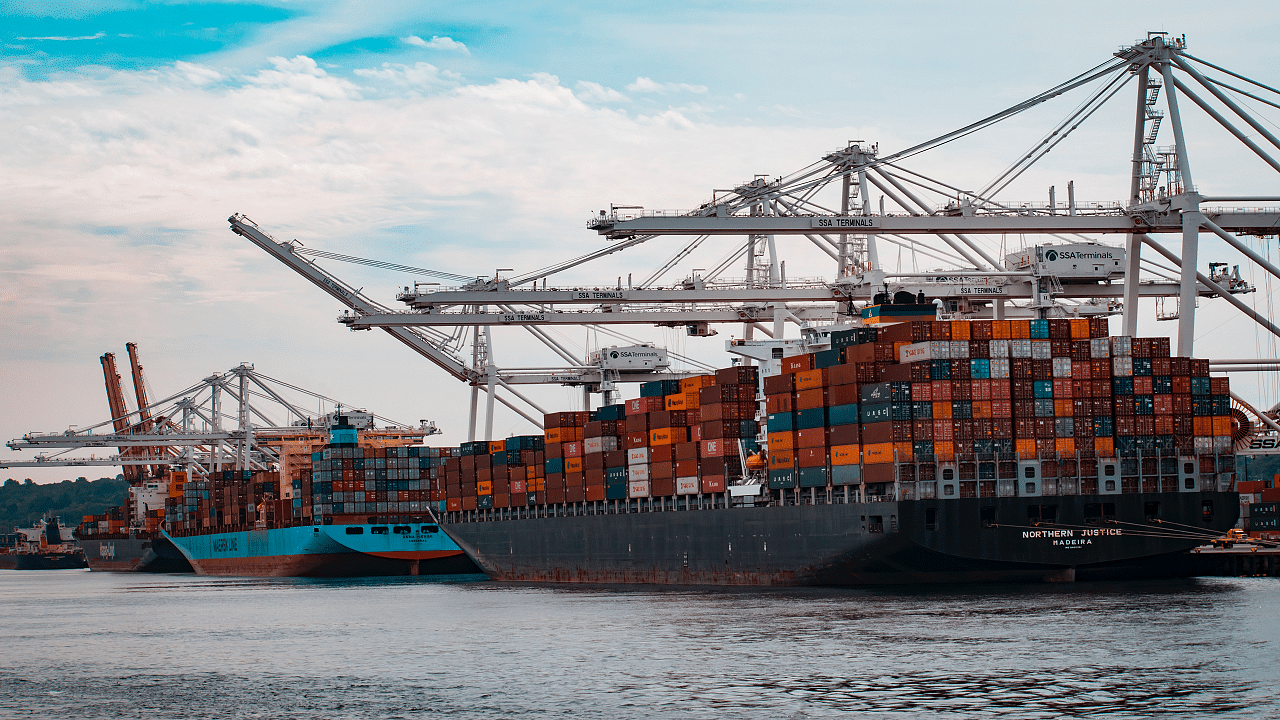
A report released by the UN says that global trade in agriculture may experience to grow at a slower pace of 1.3% per year. This is due to slower demand growth in middle-income countries and is only half the growth rate seen in the past decade.
Maize, wheat, and soybeans will experience the largest decrease in annual growth in the next ten years, while livestock and fish production will also have a slower growth rate of 1.3% annually. Poultry meat will be the main contributor to the overall increase in total meat production by 2032.
Milk production is forecasted to grow by 1.5% annually globally over the next 10 years, with India and Pakistan being major players in the increase. However, milk production in the EU is expected to decline slightly due to a shift towards more environmentally sustainable production systems. South and Southeast Asia will continue to become net importers of agricultural commodities, driven by strong demand growth in the region. Sub-Saharan Africa, on the other hand, will witness a significant increase in the trade deficit for major food items due to rapid population growth.
Latin America, however, expects to expand its agricultural trade surplus by 17%, with the share of exported agricultural production projected to reach 40% by 2032. North America will maintain its position as the second-largest exporter of agricultural commodities globally, although robust domestic consumption growth may slightly impact its net export position.
Agricultural Emissions Can Be Boosted By 7.5% Says Report
According to the report, global direct agricultural emissions are projected to rise by 7.5% in the next decade. Livestock production is expected to be responsible for 80% of the overall increase in greenhouse gas emissions.
Most of these emissions are likely to occur in middle- and low-income regions due to the higher growth in ruminant production, which produces more emissions.
Additionally, the use of synthetic fertilizers contributes significantly to greenhouse gas emissions. The global usage of fertilizers may change due to factors such as energy prices, domestic policies, and market access developments.











